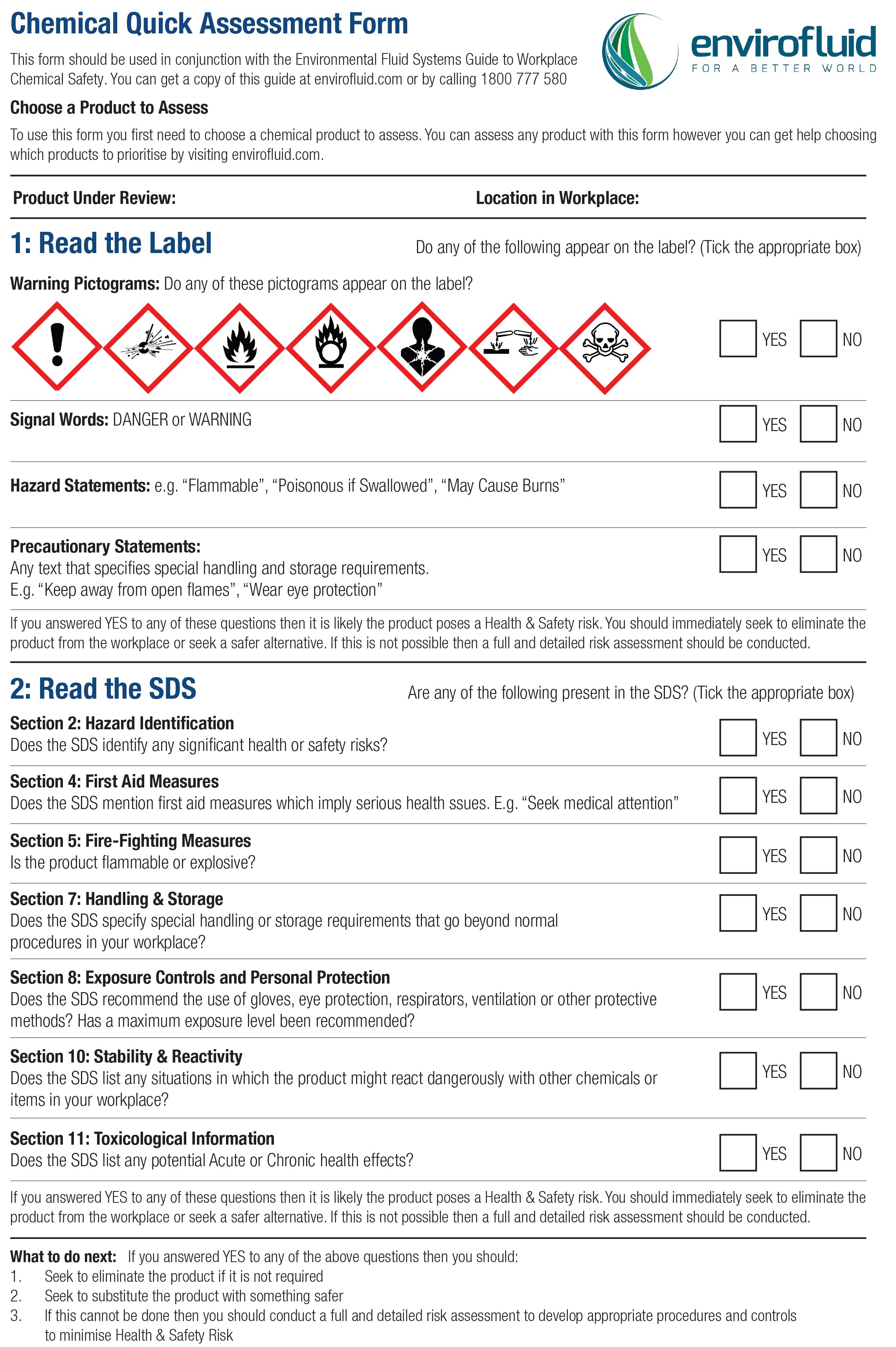Suicide prevention for older adults is increasingly crucial as this demographic, particularly those aged 75 and older, faces alarming rates of suicide—higher than any other age group. Despite the pressing need for elderly suicide prevention initiatives, many well-known resources are challenging to navigate for this population. A recent study by researchers at McLean Hospital highlights the growing disparity in mental health resources for seniors, revealing a scarcity of accessible information tailored to their unique challenges. Social isolation, loneliness, and the implicit biases often encountered by older adults exacerbate the risk of suicidal thoughts and actions. Addressing these issues necessitates effective strategies in geriatric mental health, emphasizing the importance of creating online resources for older adults that are easy to find and utilize.
The alarming increase in suicidal tendencies among senior citizens calls for urgent measures to enhance mental health support for this vulnerable group. As research shows, individuals over 75 years old experience some of the highest rates of suicide, spotlighting the need for tailored interventions and programs focused on their specific circumstances. Effective suicide risk management in seniors hinges on recognizing factors like social isolation and ensuring accessibility to relevant mental health resources. This highlights not just an organizational inefficiency but a societal obligation to evolve our mental health strategies to encompass geriatric needs adequately. By prioritizing elderly mental health initiatives, we can foster environments that promote well-being and resilience among older adults.
Understanding Suicide Risk in Seniors
Suicide risk in seniors is a complex issue that encompasses various factors, including mental health conditions, social isolation, and access to resources. The data shows that individuals aged 75 and older experience significantly higher rates of suicide compared to younger demographics. This alarming trend is often exacerbated by mental health disorders such as depression and anxiety, which can be common in older populations due to the multiple life stressors they face, including loss of loved ones and declining health.
Moreover, the stigma surrounding mental health issues can prevent elderly individuals from seeking help, further increasing their risk. Understanding these dynamics is crucial for developing effective strategies aimed at lowering suicide rates among older adults. Research indicates that tailored interventions addressing social support, mental health care, and community engagement are essential in mitigating these risks. By improving awareness of the challenges elderly individuals face, we can create a more supportive network for this vulnerable population.
The Critical Need for Elderly Suicide Prevention
The critical need for suicide prevention for older adults is underscored by the inadequacy of existing resources tailored specifically for them. Traditional suicide prevention efforts often overlook the unique experiences of seniors, resulting in significant gaps in access to essential mental health resources for seniors. Many organizations catering to younger populations fail to recognize that the dynamics of older adults’ lives require different approaches and services.
According to recent studies, the lack of targeted prevention programming means that older adults are less likely to encounter helpful resources when searching online for support. This deficiency calls for immediate action to not only enhance the visibility of existing mental health resources but also to design new initiatives that focus on their specific needs. Addressing these gaps will play a pivotal role in reducing the elevated suicide rates in this demographic.
Online Resources for Older Adults: Bridging the Gap
In the digital age, online resources for older adults have become an increasingly vital option for accessing mental health support. Many seniors perceive the internet as a convenient way to find information and services; however, the scarcity of online suicide prevention resources that specifically cater to their needs is concerning. This gap highlights the pressing need for organizations to collaborate and create user-friendly platforms that not only provide information but also guide older adults towards appropriate help.
Efforts to improve the accessibility of online resources should include simple navigation features and clearly defined information tailored to older adults. By implementing these strategies, we can ensure that the elderly population is not left behind in the transition to digital health resources, ultimately promoting better mental health and reducing suicide risk among seniors.
Promoting Mental Health Resources for Seniors
Promoting mental health resources for seniors involves not only enhancing the availability of services but also actively engaging this demographic in the conversation about mental wellness. Community outreach programs are essential in fostering an environment where older adults feel comfortable discussing their mental health and seeking help. By organizing workshops and informational sessions tailored to their age group, we can empower seniors to take charge of their mental health.
In addition to community programs, collaboration with healthcare providers to ensure that they are equipped to address mental health concerns in older patients is crucial. Educating providers about the unique mental health challenges facing seniors can have a significant impact on delivering timely interventions and support.
Addressing Social Isolation and Loneliness in Older Adults
Social isolation and loneliness are critical factors that contribute to the increased risk of suicide among older adults. Many seniors live alone, and as friends and family members pass away, they may find themselves increasingly disconnected from their communities. This isolation can lead to feelings of hopelessness, which are closely linked to suicidal ideation.
To combat this, community initiatives that encourage socialization among seniors are vital. Programs that foster connections through shared activities, such as clubs or volunteer opportunities, can help reduce feelings of loneliness and create a sense of belonging. Focusing on social engagement not only benefits mental health but also improves overall quality of life for older adults.
The Role of Family and Caregivers in Prevention
Family members and caregivers play a vital role in identifying and addressing mental health issues among older adults. By being attuned to their loved one’s behaviors and emotional state, they can provide early intervention when warning signs of suicidal thoughts arise. Support from family can make a significant difference in the lives of older adults who may otherwise feel isolated or unheard.
Educating family members about the signs of depression and the importance of encouraging open conversations about mental health can create a more supportive home environment. Training programs aimed at caregivers can equip them with the tools needed to support their loved ones effectively, ultimately fostering stronger connections and alleviating risks associated with elderly suicide.
Advocating for Policy Change in Geriatric Mental Health
Advocating for policy changes in geriatric mental health is crucial to improve access to resources for older adults at risk of suicide. Mental health services must be prioritized in healthcare policy discussions to ensure that older individuals receive the attention and care they deserve. This advocacy can include pushing for funding dedicated to mental health programs that cater specifically to seniors and lobbying for the inclusion of geriatric mental health training in medical education.
Moreover, policymakers should be aware of the unique societal challenges that affect older adults, such as ageism and systemic barriers to care. By highlighting these issues, advocates can ensure that resources are allocated more equitably, thereby enhancing the overall quality of care for this population and reducing suicide rates amongst seniors.
The Importance of Research in Late-Life Suicide Prevention
Research plays a pivotal role in developing effective suicide prevention strategies tailored to older adults. Understanding the unique risk factors and mental health challenges facing this demographic is essential for creating targeted interventions. By investing in studies focused on late-life suicide prevention, researchers can identify gaps in resources and provide evidence-based recommendations for improvements.
Furthermore, collaboration between researchers and mental health organizations can lead to the development of innovative programs designed to meet the needs of older adults. Continued research efforts will contribute to a better understanding of how to effectively support mental health in seniors, fostering a proactive approach to addressing the rising rates of suicide among older adults.
Building Community Support Systems for Seniors
Building robust community support systems for seniors is essential in mitigating the risks of suicide and promoting mental wellness. Local communities can implement programs that create opportunities for social engagement among older adults, fostering a sense of connection and belonging. Initiatives such as community centers, senior clubs, and peer support groups can serve as vital networks for those at risk.
Moreover, involving local governments and organizations in these initiatives can ensure sustainability and accessibility. Creating partnerships between various stakeholders will enhance the effectiveness of these support systems, allowing for comprehensive resources that are easily accessible to those in need. By prioritizing community involvement, we can cultivate a culture that values and supports the mental health of older adults.
Frequently Asked Questions
What are effective strategies for suicide prevention for older adults?
Effective strategies for suicide prevention for older adults include increasing awareness of mental health resources for seniors, providing training for healthcare providers on recognizing suicide risk in seniors, and implementing community programs that promote social connections and engagement. Tailored outreach efforts can help address the unique healthcare needs of this population.
How can mental health resources for seniors help in suicide prevention among older adults?
Mental health resources for seniors play a crucial role in suicide prevention by offering counseling, crisis intervention, and ongoing support. Access to geriatric mental health specialists ensures that older adults receive appropriate care tailored to their specific emotional and psychological needs, thereby reducing their risk of suicide.
What online resources for older adults are available for suicide prevention?
There are several online resources for older adults focused on suicide prevention, including the National Suicide Prevention Lifeline, the Substance Abuse and Mental Health Services Administration (SAMHSA), and various nonprofit organizations that offer information and support tailored for seniors. These platforms provide valuable information regarding mental health and crisis support.
What factors contribute to suicide risk in seniors?
Suicide risk in seniors can be attributed to several factors, including social isolation, loss of loved ones, chronic health conditions, depression, and lack of access to mental health care. Understanding these unique risk factors is vital for implementing effective elderly suicide prevention programs.
Why is there a need for specialized suicide prevention efforts targeting older adults?
There is a significant need for specialized suicide prevention efforts targeting older adults due to their increasing suicide rates and distinct healthcare needs. Despite high risk levels, this population often finds it challenging to access relevant resources, highlighting an urgent need for targeted interventions that can effectively reach and support them.
How is geriatric mental health linked to suicide prevention for older adults?
Geriatric mental health is closely linked to suicide prevention for older adults, as it addresses the unique emotional, psychological, and health challenges faced by this demographic. Proper mental health support can mitigate feelings of loneliness and depression, which are key risk factors for suicide in older adults.
What role do healthcare providers play in elderly suicide prevention?
Healthcare providers play a critical role in elderly suicide prevention by identifying signs of mental distress, conducting thorough assessments, and connecting older adults with appropriate mental health resources. Their training in recognizing suicide risk in seniors is essential for early intervention and support.
What community initiatives can support elderly suicide prevention?
Community initiatives such as social engagement programs, support groups, and awareness campaigns can foster connections among older adults, reducing feelings of isolation. Providing easy access to geriatric mental health resources in community settings can also empower seniors to seek help when needed.
| Key Point | Details |
|---|---|
| High Suicide Rates in Older Adults | Older adults, especially those 75 and older, have the highest suicide rates compared to other age groups. |
| Lack of Resources | National suicide prevention organizations provide few resources specifically targeting older adults. |
| Imbalance of Online Resources | Most online suicide prevention resources do not cater to the needs of older adults, even though they recognize their high risk. |
| Factors Contributing to Risk | Social isolation, loneliness, and systemic biases contribute to the increased suicide rates among older adults. |
| Need for Targeted Campaigns | There is a pressing need for focused suicide prevention campaigns and programming tailored for the elderly. |
Summary
Suicide prevention for older adults is a critical issue that requires immediate attention and tailored resources. Despite the alarming statistics showing older adults, particularly those aged 75 and above, have the highest suicide rates, currently available resources are insufficient and hard to access. The findings from the recent study highlight significant disparities in suicide prevention efforts and underscore the urgent need for organizations to develop targeted campaigns that address the unique healthcare needs of this vulnerable population. By increasing awareness and funding, we can improve access to mental health resources, ultimately saving lives and reducing the stigma surrounding mental health issues in older adults.




